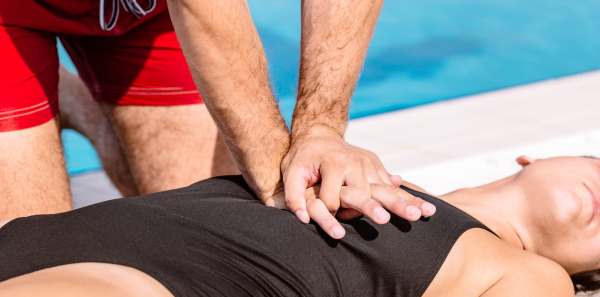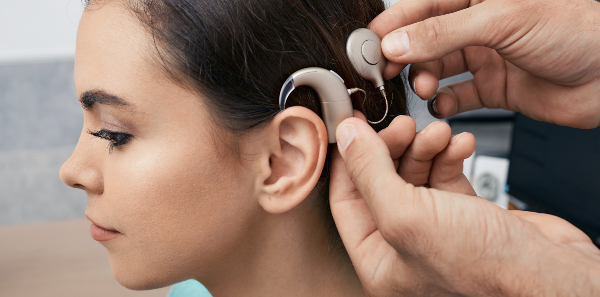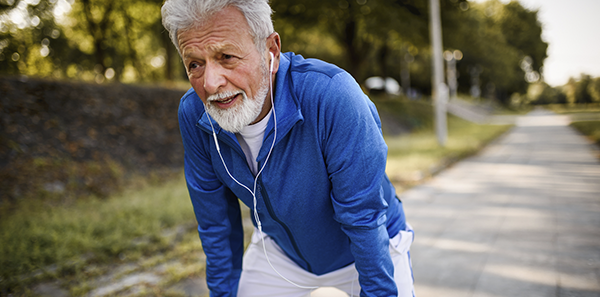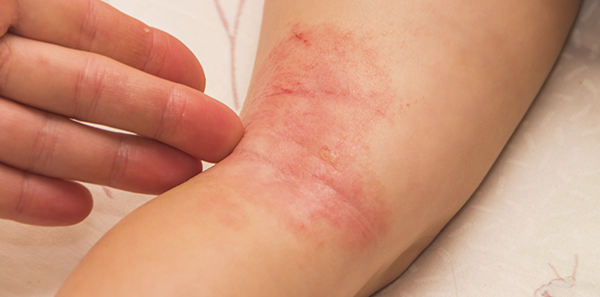
In summer one of the things people most often do is go for a dip at the beach or in the pool. This means that, as well as prevention, it’s vitally important to know the basics of what to do in the event of someone drowning so you can provide help quickly.
Prevention
If you’re on the beach, the first thing to do is to look at the colour of the flag indicating the state of the sea: green (suitable for bathing), yellow (caution) and red (prohibited).
If you can, taking a shower before bathing is very useful for adapting your body to the temperature of the water. This avoids a sudden drop in your body temperature when you submerge yourself in the water, which could cause a reaction in the circulatory system resulting in less blood reaching the brain. This can lead to fainting (syncope) and is known as “cold shock” or hydrocution.
Guidelines for action
If you see someone is drowning or unconscious in the water you must follow the PAA rule: Protect, Alert, Assist.
- Protect: protect yourself (keep calm and safe) and reassure the person in danger.
- Alert: call the emergency services on 112, asking them to come and also to give us instructions.
- Assist: the last step to take.
Steps to follow:
The first thing to do is to protect yourself and ensure your own safety to prevent both of you from drowning. So, if you don’t know how to swim, don’t try to go to the rescue and tell someone else.
Next, pull the person out of the water and keep their airway (nose and mouth) free, whether they’re unconscious or struggling to avoid drowning.
Once you reach the water’s edge, place the person face upwards. Check if they respond to stimuli by asking (auditory), touching (tactile) or pinching (pain).
If they’re responsive, find out how they feel and assess whether to call the emergency services on 112.
If they’re unresponsive, ask people nearby for help, call 112 and connect the loudspeaker mode on the phone so you can hear any instructions while taking action. Two things might happen:
- The person is breathing (you can tell by watching their chest rise and fall). Open the person’s airway by putting your hands on their forehead and chin to tilt their head back so their tongue doesn’t block their airway. Put the person in the Recovery Position.
- The person isn’t breathing. Call 112 and find someone to help if possible. Ask if there’s a DEFIBRILLATOR nearby and start CPR (Cardio Pulmonary Resuscitation).
CPR
- Start with 5 mouth-to-mouth breaths. Place your hands on the person’s forehead and chin and tilt their head back. Pinch their nose with your index finger and thumb. Make a seal over their mouth with your own. Breathe in air for about 1 second, 5 times, and then let your lungs empty as you release the person’s nose.
- Perform heart massage (compressions) at a rate of 110 per minute with hands clasped over the centre of the person’s chest (at the end of the breastbone). Perform 30 compressions.
After the first cycle, keep performing 2 breaths and 30 compressions. Keep going like this until you’re unable to continue and someone else can take over, or until the victim responds and breathes for themselves or until specialist help arrives.
Having this knowledge can save lives.












